The polar regions: a perfect testbed for the digital twin capabilities
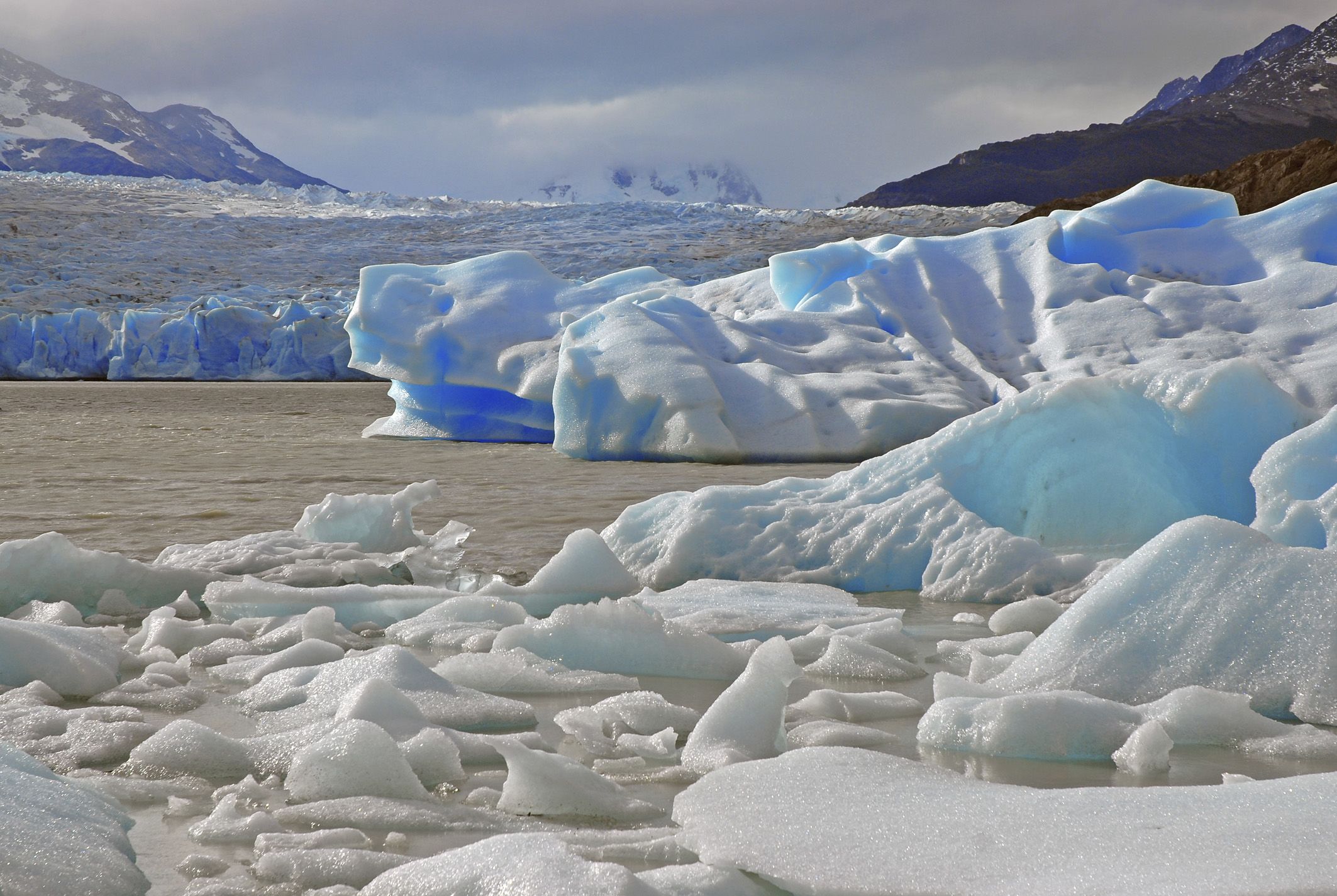
Back to ECMWF - Destination Earth main page
Dr Peter Bauer, Director of Destination Earth for the European Centre for Medium-Range Weather Forecasts (ECMWF), presented the European digital twin of Earth project on 29 August 2022, at the opening day of the Year of Polar Prediction (YOPP) final summit, held in Montreal until 1 September. In his keynote speech, Bauer explained how the digital twins can support polar science.
The YOPP, a project of the World Meteorological Organization in the frame of the Polar Prediction Project to encourage international polar research, comes to an end after a decade of success.
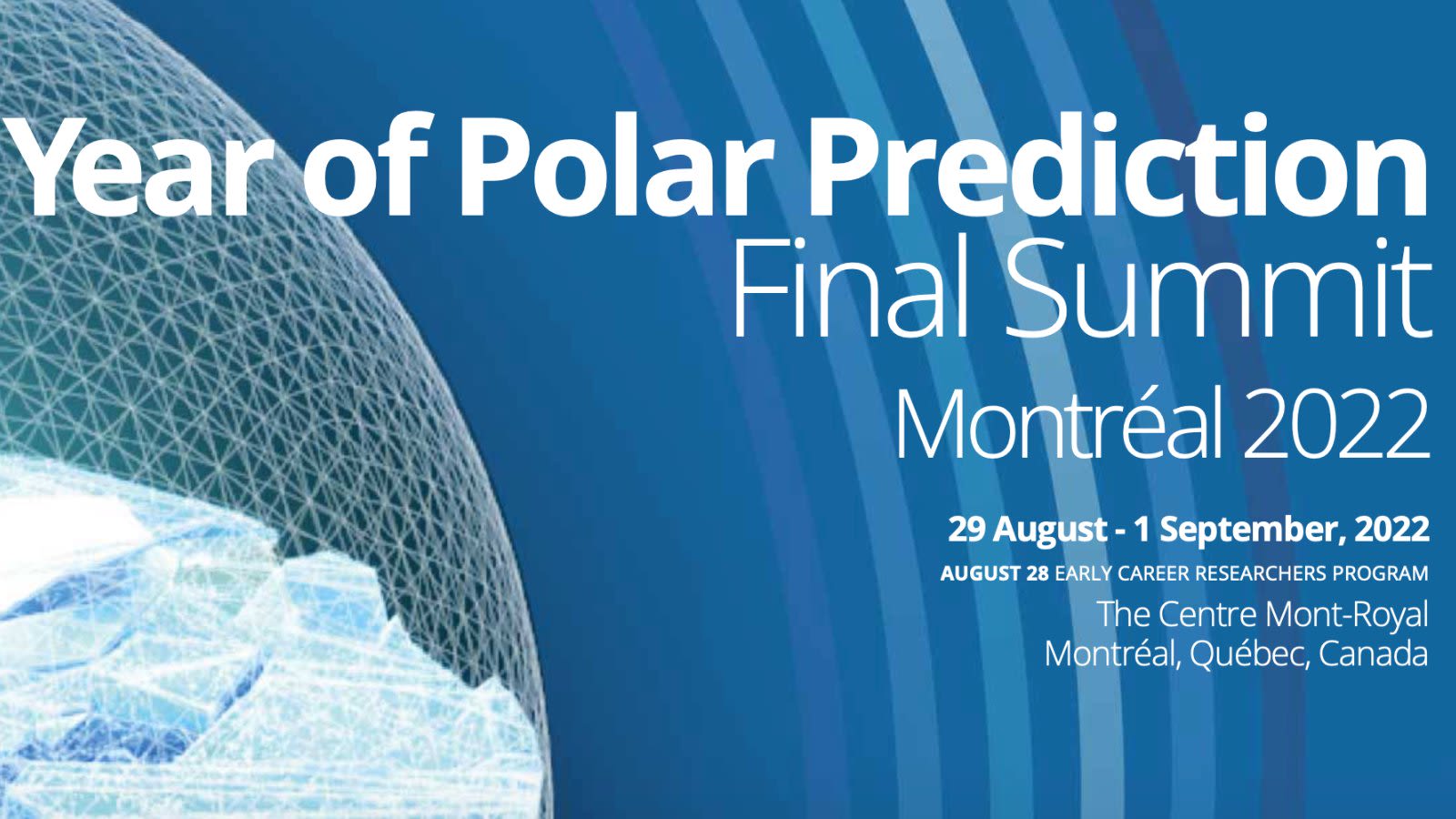
Peter Bauer’s speech about Destination Earth raised strong interest among the audience, and some of the questions couldn’t be answered during the live event as the session ran out of time.
“Speaking about digital twins at a polar prediction summit might seem a bit remote, but it isn’t,” said Bauer. To achieve accurate digital twins, “there is a need for better simulations and observations, and the Polar Prediction Project (PPP) has achieved much towards those objectives,” adding that the focus is now on the smaller scales.
“There is momentum for resolving scales that we have not yet touched, for the sea ice edge and the orography,” he added. “When these very fine scales are resolved, suddenly a lot of processes simply open up, certain errors just go away.” Peter added that prediction science needs to resolve fine scales to overcome certain biases that current models are confronted with. “You can’t approximate with parametrisations.”
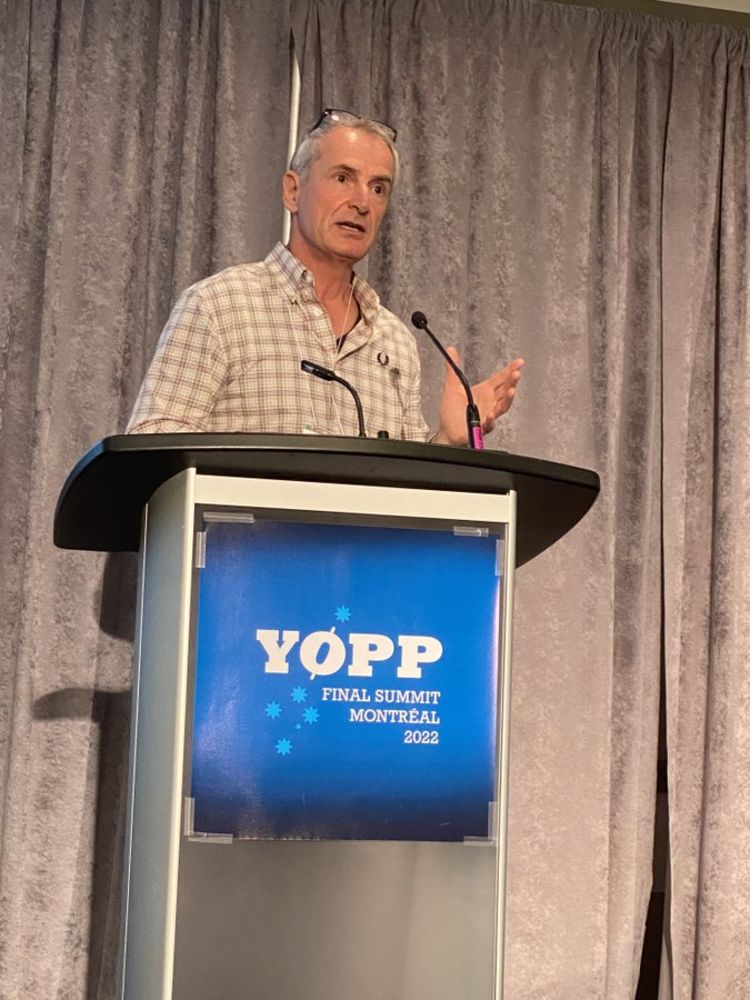
"The polar regions are perfect for testing new models because of their great sensitivity to changes," said Peter Bauer during his keynote at the YOPP Final Summit.
"The polar regions are perfect for testing new models because of their great sensitivity to changes," said Peter Bauer during his keynote at the YOPP Final Summit.
“If you want to test a system like the digital twins, the polar regions are perfect because it’s a complex domain in terms of observations and simulations,” said the ECMWF Director of Destination Earth. “But it is also a system where you see the impacts very quickly. It’s a very sensitive system, and so very reactive. It also has very difficult types of extreme weather events and so it’s a great testbed for digital twins.”
Achieving enhanced modelling with a degree of interactivity and big data handling requires unprecedented computing capacities. The problem, according to Peter, is that the high-performance computing (HPC) environment is not primarily designed for climate and weather science. “We have to do with what we have, and that comes with a significant research effort. There’s no silver bullet, there’s no provider that will come with a magic solution; we must do a lot of this work ourselves,” he explained.
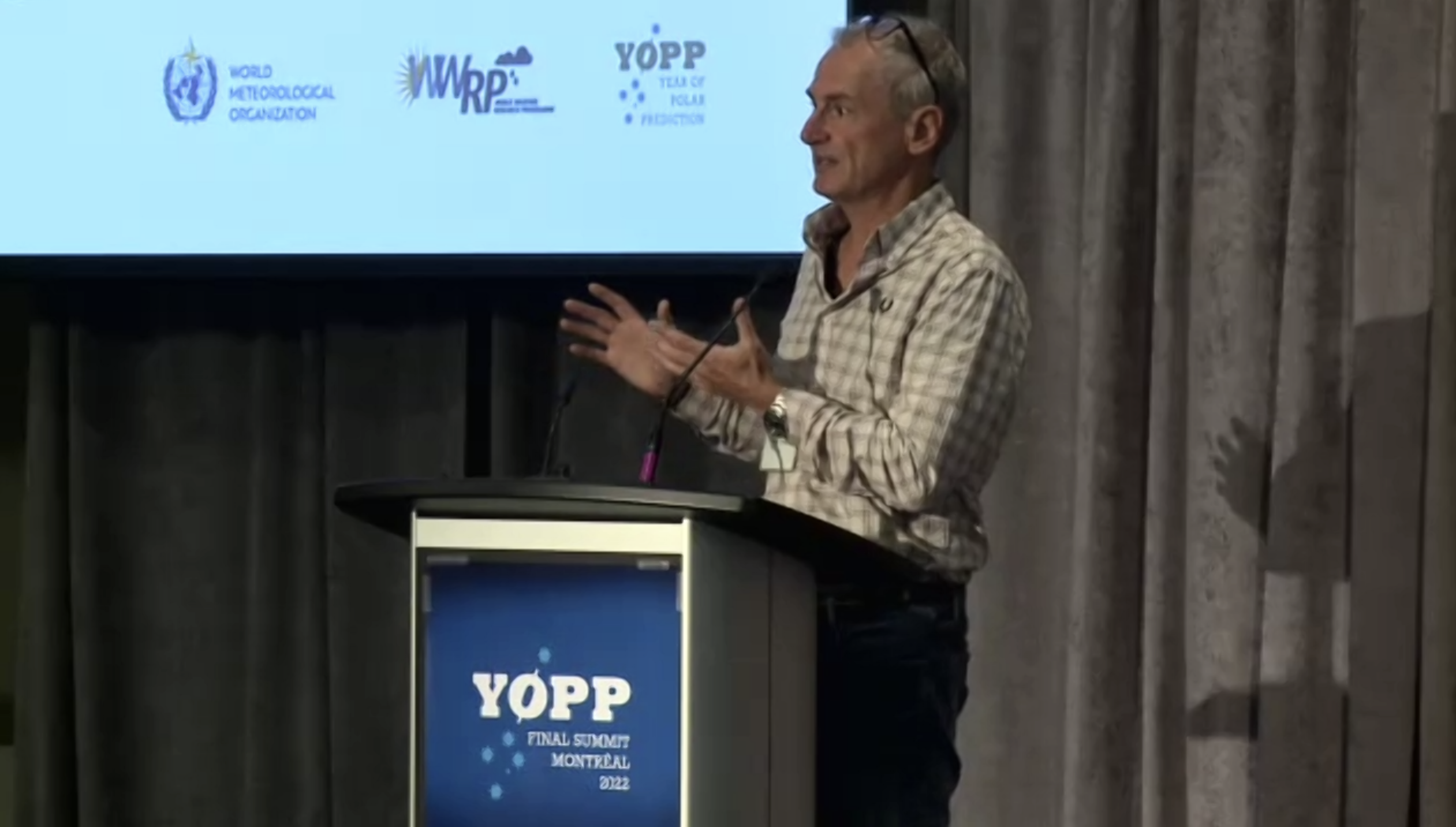
Peter Bauer speaks at the YOPP Final Summit about how Destination Earth's digital twins can help polar science
Peter Bauer speaks at the YOPP Final Summit about how Destination Earth's digital twins can help polar science
Peter took the opportunity to challenge the polar research community to get involved on DestinE, saying “I think it would be great to create demonstration cases of the digital twins in polar areas. A digital twin is a tool. We don’t create digital twins for the sake of digital twins, they are supposed to help science, for the benefit of what we are trying to achieve here in the YOPP and PPP.”
Peter finished his statement by renewing his call for ambitious international cooperation, stressing the need to join forces to achieve the needed model enhancement. This view was shared in a paper published recently in Nature Climate Change and co-signed by Julia Slingo, Paul Bates, Peter Bauer, Stephen Belcher, Tim Palmer, Graeme Stephens, Bjorn Stevens, Thomas Stocker and Georg Teutsch. “This summit will be a great forum for igniting the spark of international collaboration for the digital twins. I am happy to discuss the project any time.”
Chris Davis, chair of WMO’s WWRP Scientific Steering Committee, praises the achievements of PPP/YOPP, before setting the stage for what comes next. #YOPPFinalSummit pic.twitter.com/Qvh4N0W9YQ
— Dr Neil Gordon 💉💉💉 🇺🇦 (@tehoro) August 29, 2022
Chris Davis, Associate Director of the National Center for Atmospheric Research (NCAR) and chair of the WMO's World Weather Research Programme (WWRP) Scientific Steering Committee, reviewing the future implementation plans of the WWRP, listed many of the challenges the digital twins are trying to address, such as enhanced coupled interactions of the atmosphere, oceans, sea ice, and smaller resolutions, as well as a better understanding of the cross-latitude interactions.
WWRP’s Polar Prediction Project: a decade enhancing research
The summit, a culmination of ten years of international research and cooperation in the frame of the Polar Prediction Project (PPP), was opened by host Barbara Casati, from Environment and Climate Change Canada, and the World Meteorological Organization Secretary-General Petteri Taalas, after a traditional thanksgiving speech by Dr Kenneth Deer, from the Mohawk Nation.
Taalas celebrated the achievements of the PPP, despite the rigours of the pandemic. For example, “the pioneering multidisciplinary drifting observatory for the study of Arctic climate (MOSAiC) expedition in 2020,” because it has allowed advances in “understanding coupled climate processes in the central Arctic for more accurate data integration into global climate models, making models more robust and reliable.”
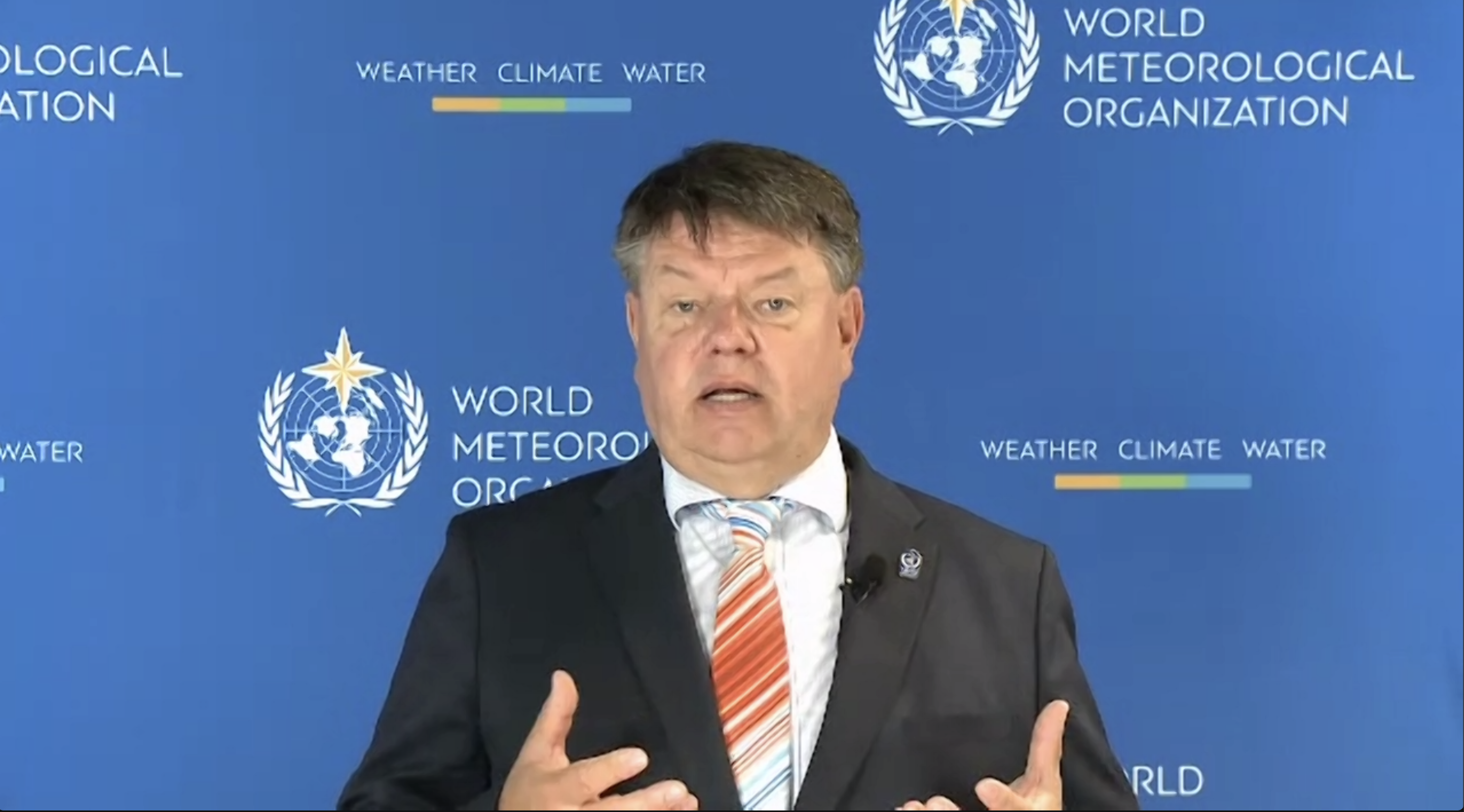
WMO Secretary-General Petteri Taalas welcomes participants in the YOPP Final Summit with a video message
WMO Secretary-General Petteri Taalas welcomes participants in the YOPP Final Summit with a video message
The PPP is an ambitious endeavour of the WMO’s WWRP to, "promote cooperative international research, enabling development of improved weather and environmental prediction services for the polar regions, on time scales from hours to seasonal," enhancing knowledge about some of the most fragile and unknown regions of our planet.
Both for its atmospheric conditions and the relatively low number of observations, predicting the weather and climate in the polar areas is even more challenging than in other areas of the world, and yet it’s an essential part of the earth system. The PPP aims explicitly to create sea ice and environmental predictions.
ECMWF has participated actively in the YOPP with, among other contributions, the publication of a large dataset, freely available.
The YOPP is one of the key elements of the PPP, and the objective was to create an international campaign of intensive observations and modelling experiences from mid-2017 to mid-2019.
Both the YOPP and PPP series now come to an end, with the final summit held in Montreal until 1 September, reviewing the many achievements, the impacts, and the challenges for the future.
While discussions continue at the #YOPPFinalSummit, the YOPP-SH TOP#7 radiosondes are being launched! Thanks to all those in the field keeping up the observations that are feeding our discussions! https://t.co/krT1iQukWq
— Polar Prediction (@polarprediction) September 1, 2022
Destination Earth is a European Union funded initiative launched in 2022, with the aim to build a digital replica of the Earth system by 2030. The initiative is being jointly implemented by three entrusted entities: the European Centre for Medium-Range Weather Forecasts (ECMWF) responsible for the creation of the first two ‘digital twins’ and the ‘Digital Twin Engine’, the European Space Agency (ESA) responsible for building the ‘Core Service Platform’, and the European Organisation for the Exploitation of Meteorological Satellites (EUMETSAT), responsible for the creation of the ‘Data Lake’.
We acknowledge the EuroHPC Joint Undertaking for awarding this project strategic access to the EuroHPC supercomputers LUMI, hosted by CSC (Finland) and the LUMI consortium, Marenostrum5, hosted by BSC (Spain) Leonardo, hosted by Cineca (Italy) and MeluXina, hosted by LuxProvide (Luxembourg) through a EuroHPC Special Access call.
More information about Destination Earth is on the Destination Earth website and the EU Commission website.
For more information about ECMWF’s role visit ecmwf.int/DestinE
For any questions related to the role of ECMWF in Destination Earth, please use the following email links:
